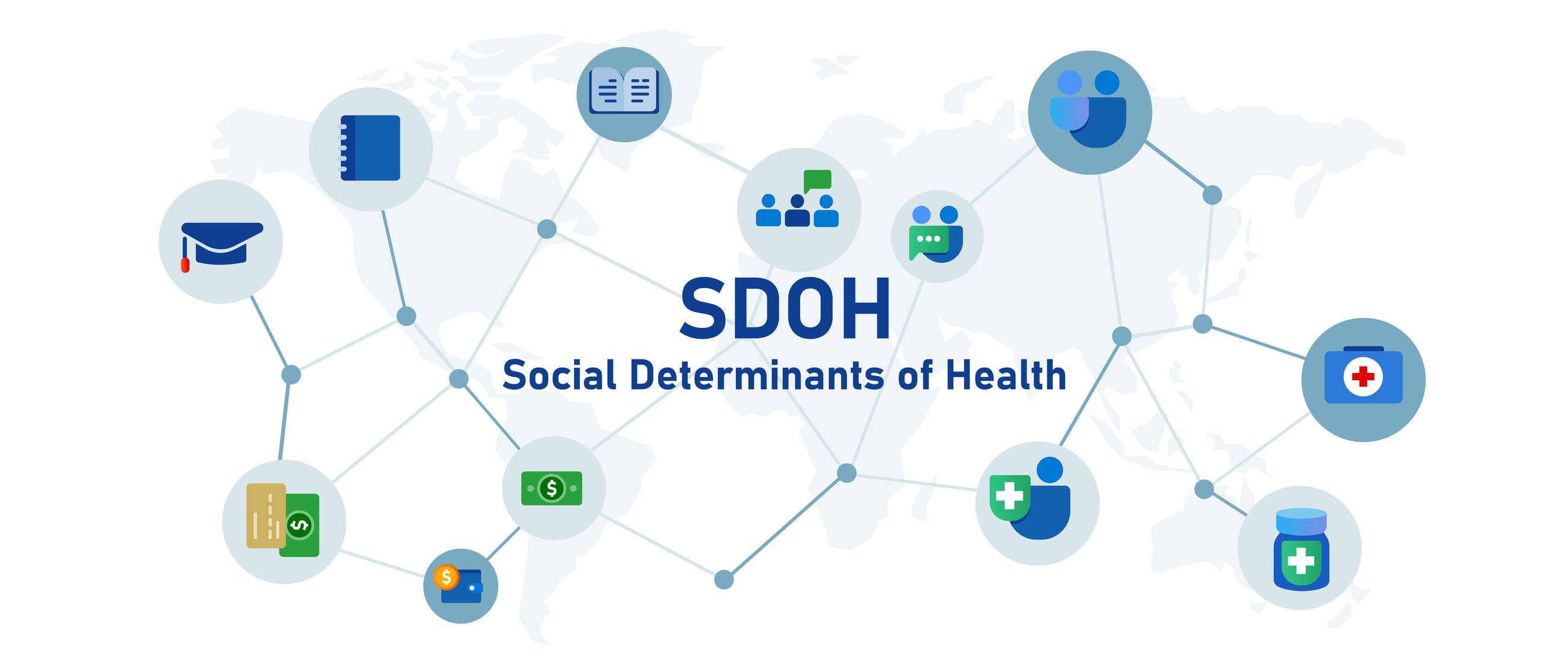By David Schepp

Growing demand for health services and declining productivity will result in millions more health-care jobs by the end of the decade -- regardless of how the U.S. Supreme Court rules next week on "Obamacare," a new Georgetown University report shows.
The demand for workers within the health-care industry is expected to grow by 3 million to about 13.1 million by the end of the decade, up from slightly more than 10.1 million in 2010.
Adding in "replacement jobs," those left open by retirements, deaths and resignations, Georgetown researchers forecast the number of jobs to grow nearly 30 percent to 5.6 million by 2020.
Despite legal challenges to the the president's health care reform law -- formally known as the Patient Protection and Affordable Care Act -- Georgetown researchers concluded that the law will have a "negligible" effect on the growth in the number of health care jobs.
The study's projections show that health care reform's implementation would "shift some jobs around inside health care," but lead author Anthony Carnevale says that the law's impact on employment levels is likely to be minimal simply because the sector is so big and growing so rapidly.
"It doesn't affect the industry that way," Carnevale told AOL Jobs in an interview.
Where there is likely to be an impact is among those holding or pursuing jobs as nurses.
Other findings from the report:
- Nursing is becoming an increasingly educated profession, especially among younger workers.
- People of color have been well-represented in the sector, but greater educational requirements may result in some minorities being pushed out. The study found 51 percent of white nurses under 40 have bachelor's degrees, compared to only 46 percent of Hispanics and 44 percent of African-American nurses.
- The industry has the largest number and proportion of foreign-born and foreign-trained workers in the U.S. The report finds 22 percent of health-care workers are foreign-born, compared to 13 percent of all workers nationally. Most foreign-born nurses come from the Philippines, India and China.
- White males still hold most of the high-paying jobs. The report found 81 percent of dentists are white men. Just 30 percent of doctors are female.
While most of these occupations have modest educational requirements, only 20 percent of health-care professional and technical occupations earn less than $38,000 a year, and nearly 50 percent earn more than $60,000.





